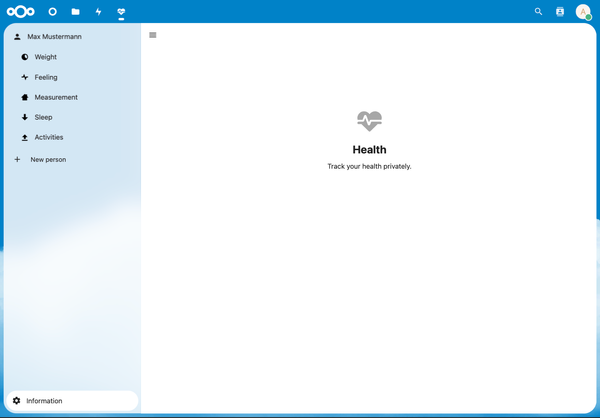The Evolution of Digital Data Loggers
Digital data loggers have come a long way over the years. Data loggers are small digital devices that are used to record, store, and sometimes transmit large amounts of data that is gathered through sensors. Like many other kinds of technology, the design and construction of digital data loggers has been altered and improved over the years.
Devices that help organizations monitor conditions in a given space are not new. Before digital data loggers, less sophisticated data loggers existed and before them, chart recorders ruled the day.
It has been an intriguing evolution from the early days of chart recorders to today’s modern, technologically advanced devices. Here we’ll look at how these devices changed along the way and the advantages they provide as we go through the evolution of digital data loggers.
Chart recorders: The precursor to data loggers
Chart recorders are electromagnetic devices that monitor and record conditions using built-in pens that chart the data on paper. The most famous example of these devices is the polygraph (lie detector) machine, which was used in real life and could sometimes be seen in a TV show or movie.
Chart recorders for environmental monitoring have been around since the early 1900s. For around 75 years, these devices were the standard for environmental monitoring and achieved impressive results for the time.
Data loggers appeared in the late 1960s and early 1970s. By the 1990s they became the standard for environmental monitoring. Chart recorders are still in use, even in 2021, but any organization still using them is likely missing out on some major benefits provided by data loggers.
Chart recorders are more expensive and time-consuming to maintain, and the amount of data they can store is limited. The paper data has to be physically stored, which is inefficient in the 21st century when so much data can be easily stored electronically. In an industry like the pharmaceutical industry, for which data related to manufacture and storage must be kept for three years, that’s a lot of paper.
Data loggers are also more accurate, more customizable than chart recorders, and you can use them with all types of other technology and software to make environmental monitoring processes easier, more efficient, and more effective.
The first data loggers
Data loggers have greatly improved on the capabilities of the chart recorder. The main upgrades include their small size, their ability to run constantly on battery power, and the improved accuracy of the sensors.
The biggest upgrade, though, is that data loggers can gather data and process it into a digital format. This eliminates the need for the pens and paper used by chart recorders and the physical storage space needed to save all the data from these earlier devices.
The first data loggers were a huge improvement over chart recorders. Of course, in the 30 years or so that these devices have become standard equipment for environmental monitoring, they also have experienced huge improvements. Today’s modern digital data loggers are miles ahead of both chart recorders and early data loggers.
Today’s digital data loggers
Data loggers have continued to get smaller and provide more capabilities as the 21st century moves along. The most up-to-date data loggers have numerous benefits when it comes to monitoring, according to this Dickson article.
Early data loggers included a display on the device itself, or users had to plug into the device to download the data. This is no longer necessary. Many modern data loggers are Bluetooth-connected or are directly connected to the internet. These internet-connected devices are part of the Internet of Things (IoT) and give users many more options for monitoring the data collected.
IoT digital data loggers can transmit data to a remote cloud-based monitoring system. This system can in turn be monitored from a central location by a single person or a small team. It makes environmental monitoring more affordable and allows conditions to be adjusted and issues addressed in real-time and across an entire organization, not just in one physical location.
This connectivity also allows digital data loggers to alert the right people when conditions fall out of an acceptable range. Some older data loggers had alarm capabilities, but only for people within earshot. Now, these alerts can come to your phone, computer, or tablet, wherever you are.
Remote monitoring and alerts are two ways that modern digital data loggers help companies, especially those in heavily regulated industries, avoid issues that can cause them to fall out of compliance. In these industries, such as the pharmaceutical, healthcare/hospital, aerospace, and food and beverage industries, a lack of compliance can lead to fines, shutdowns, or recalls. All of which mean loss of profits and reputation.
Modern digital data loggers are more affordable and easier to install and use than ever, which also makes it much easier to scale your business and its environmental monitoring capabilities than was previously possible.
With older data loggers or chart recorders, growing a business meant major capital investments and bringing in even more large, bulky machinery. Digital data loggers are easy and cost-effective to add which will help a business maintain, or even improve, environmental monitoring.
Conclusion
It should come as no surprise that this simple piece of technology has come such a long way in the last 100-plus years. When the first chart recorder for environmental monitoring was patented, the first transcontinental phone call was also placed. Now, we have high-tech computers in our pockets that we call phones; data loggers have made the same technological leaps.
The move from chart recorders to data loggers was a massive step forward, but those early devices are a far cry from what today’s digital data loggers are capable of doing. Above are listed just a handful of the benefits the latest data loggers provide. Depending on your organization, data loggers may well have even more specific advantages.
The main point is, if your organization is not using the latest version of this great technology, it is missing out. There is no excuse in 2021 for not at least considering what a modern digital data logger can do for you and how it can affect your manufacturing, storage and transportation processes, your compliance with regulations and standards and, ultimately, your bottom line.








